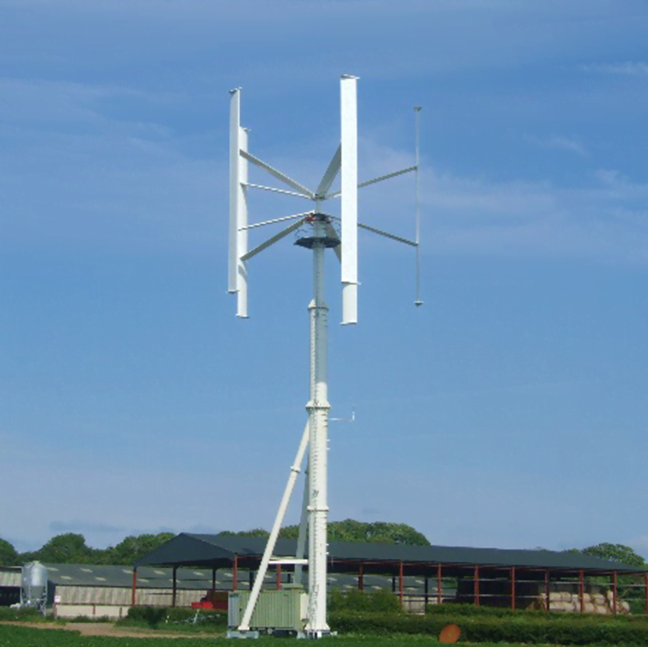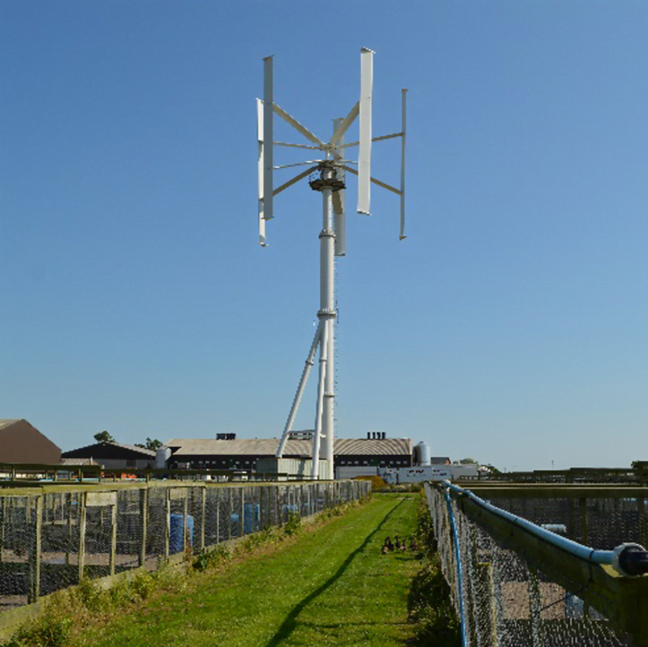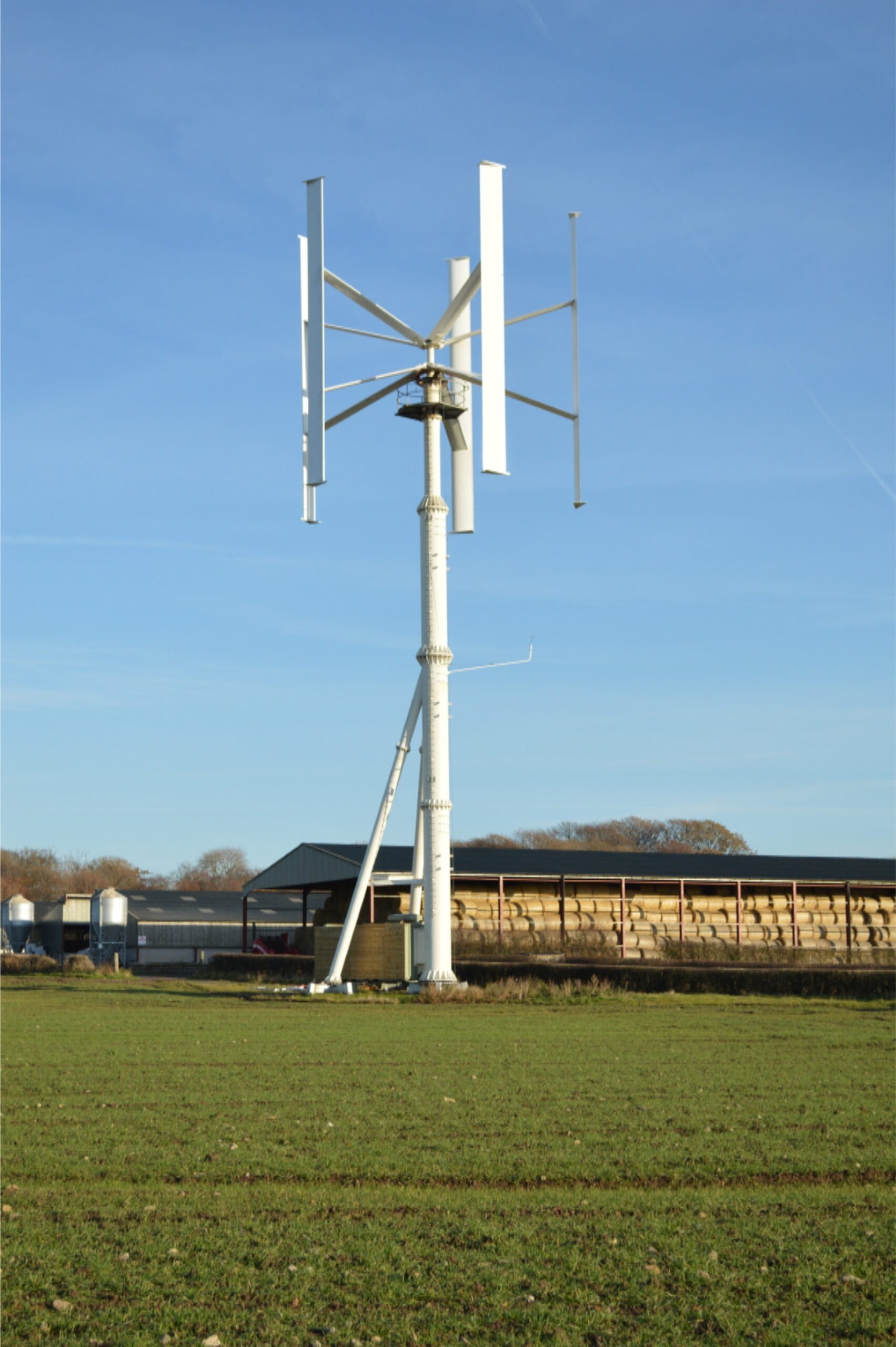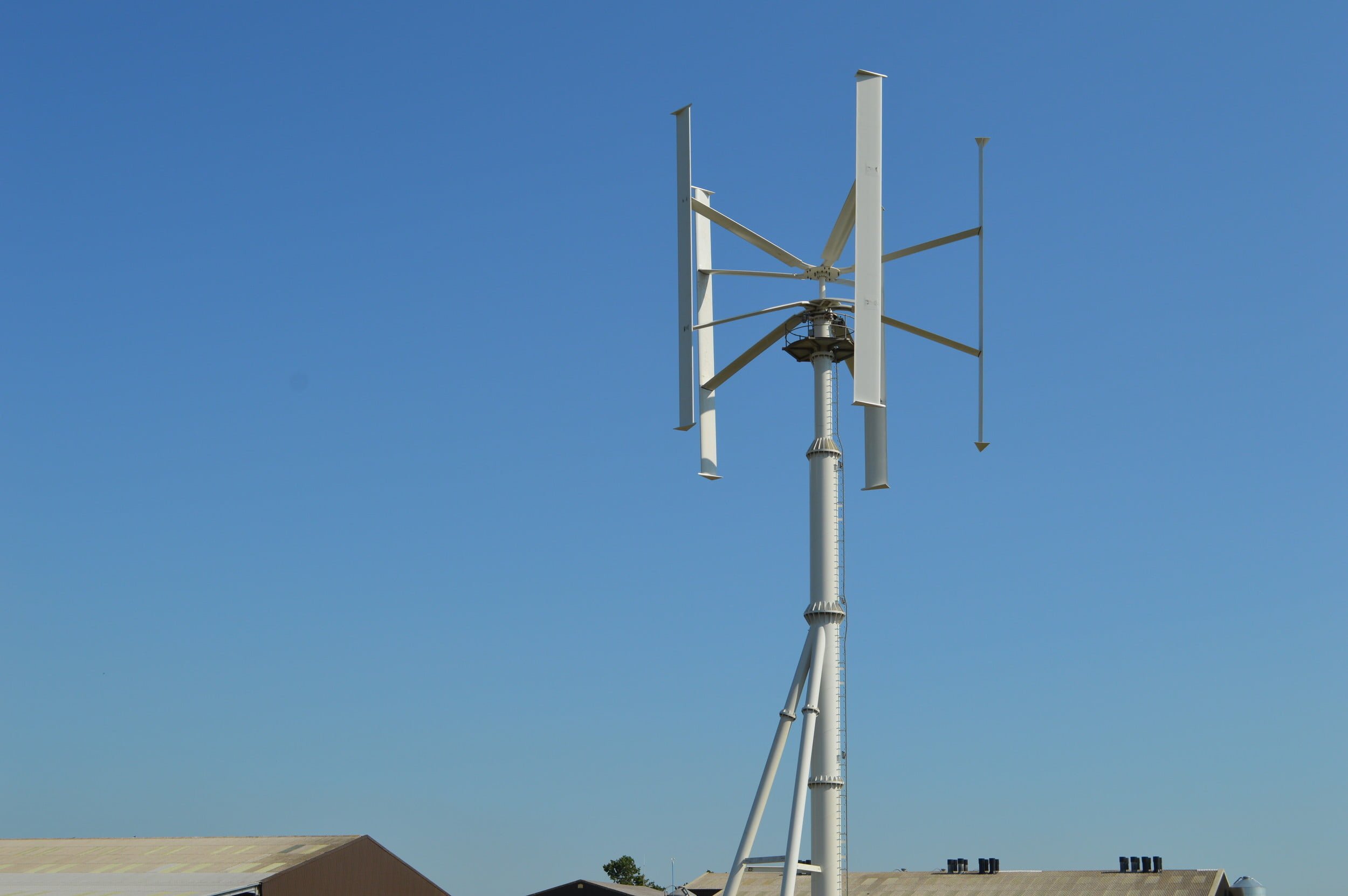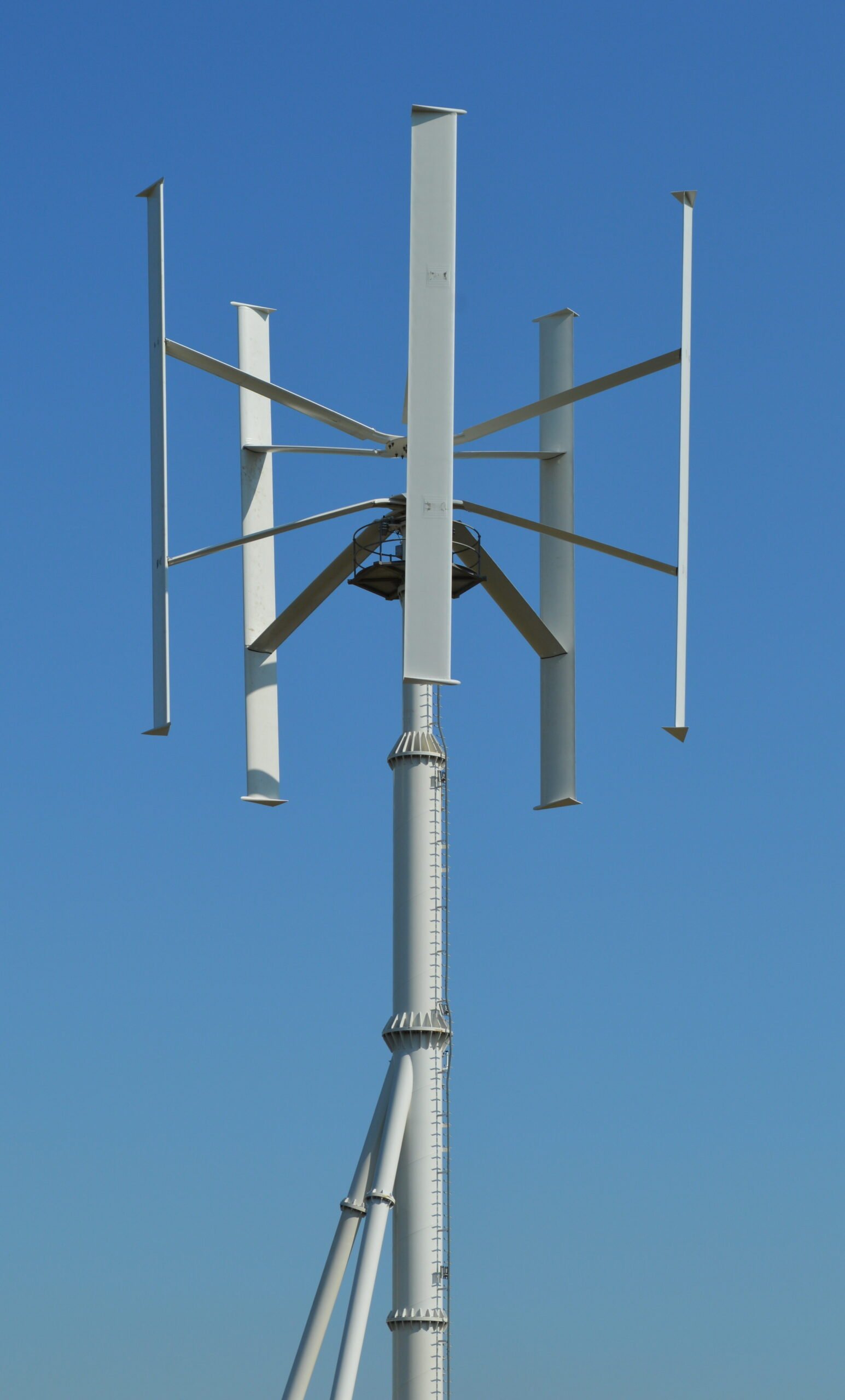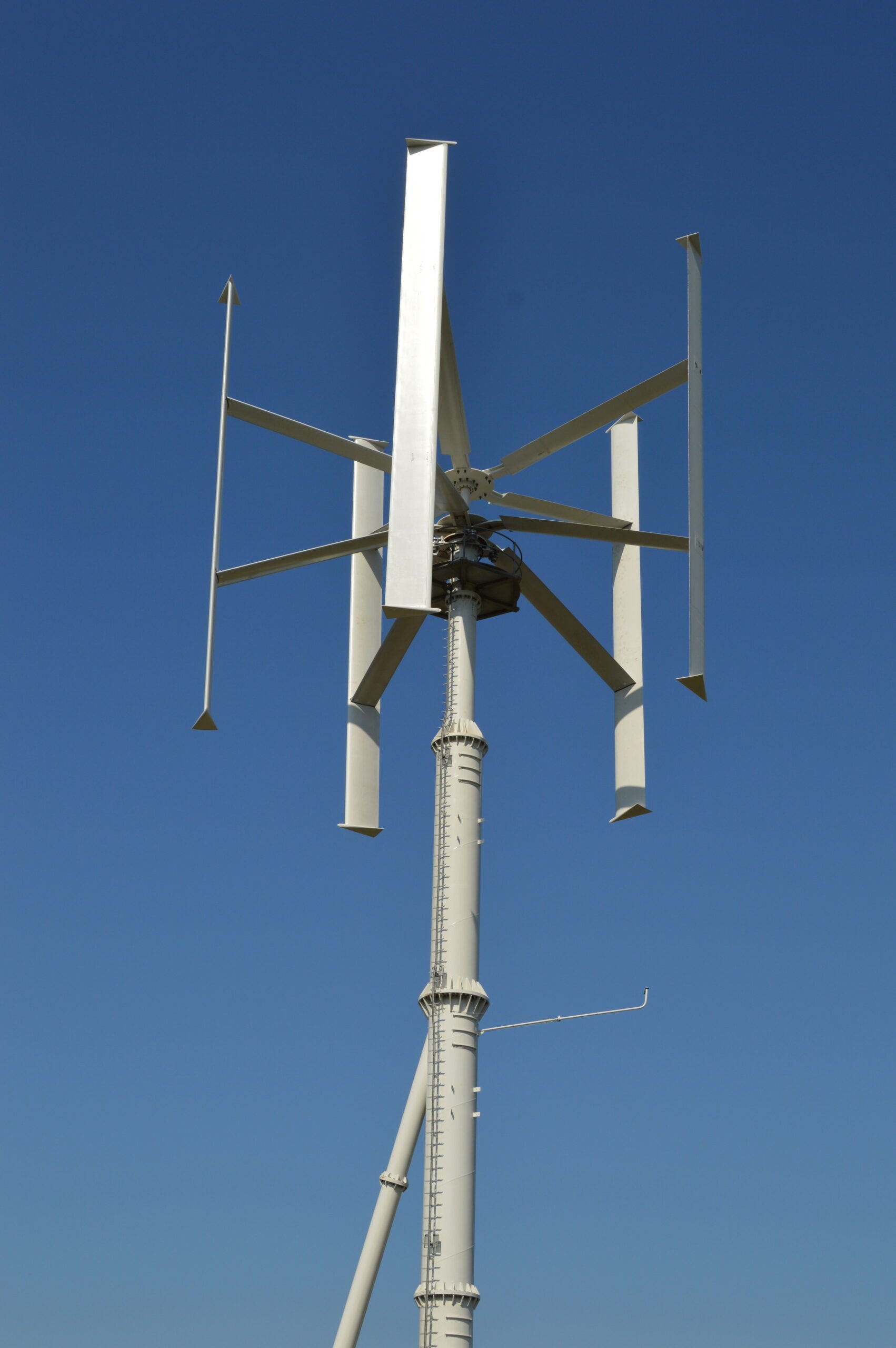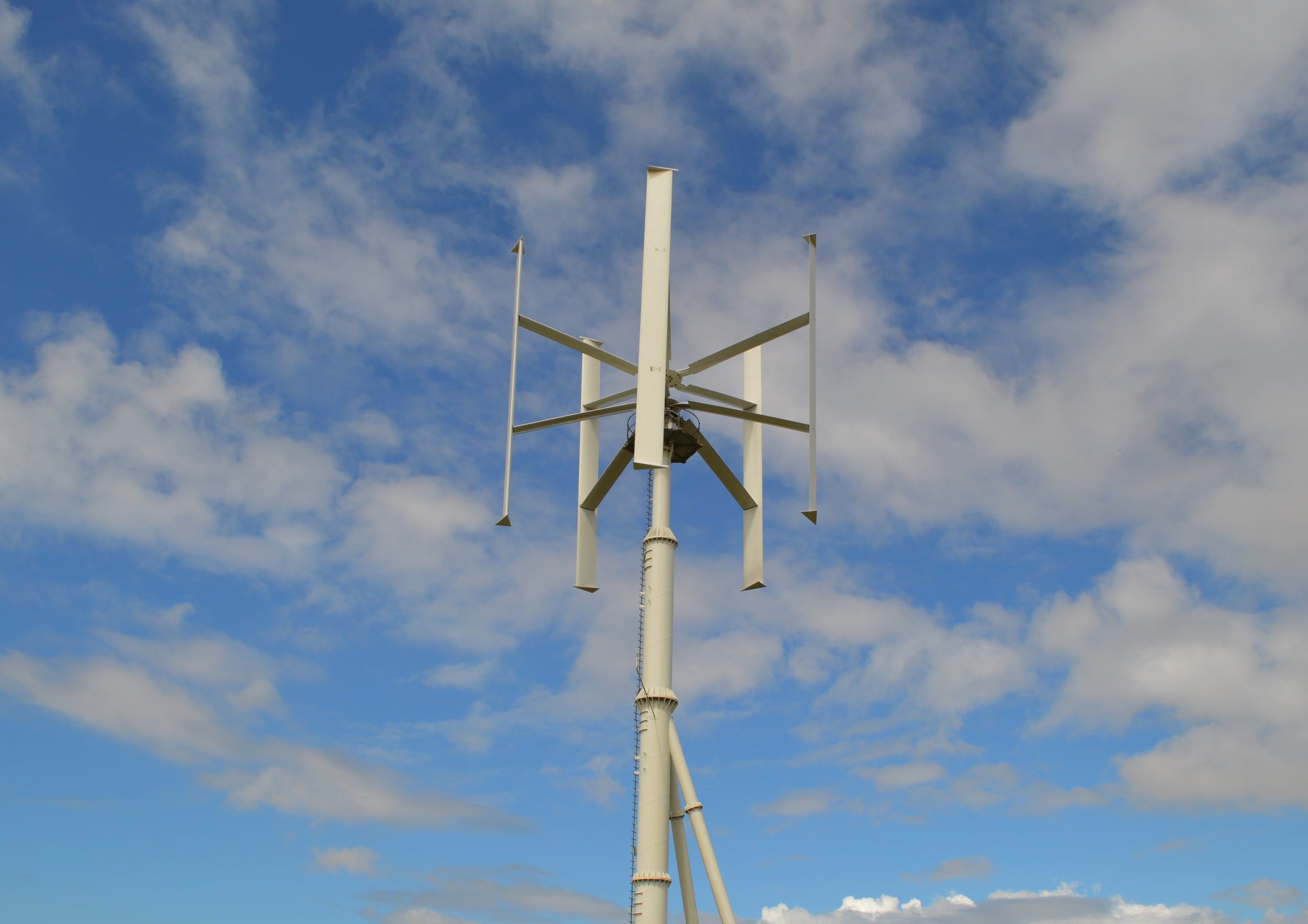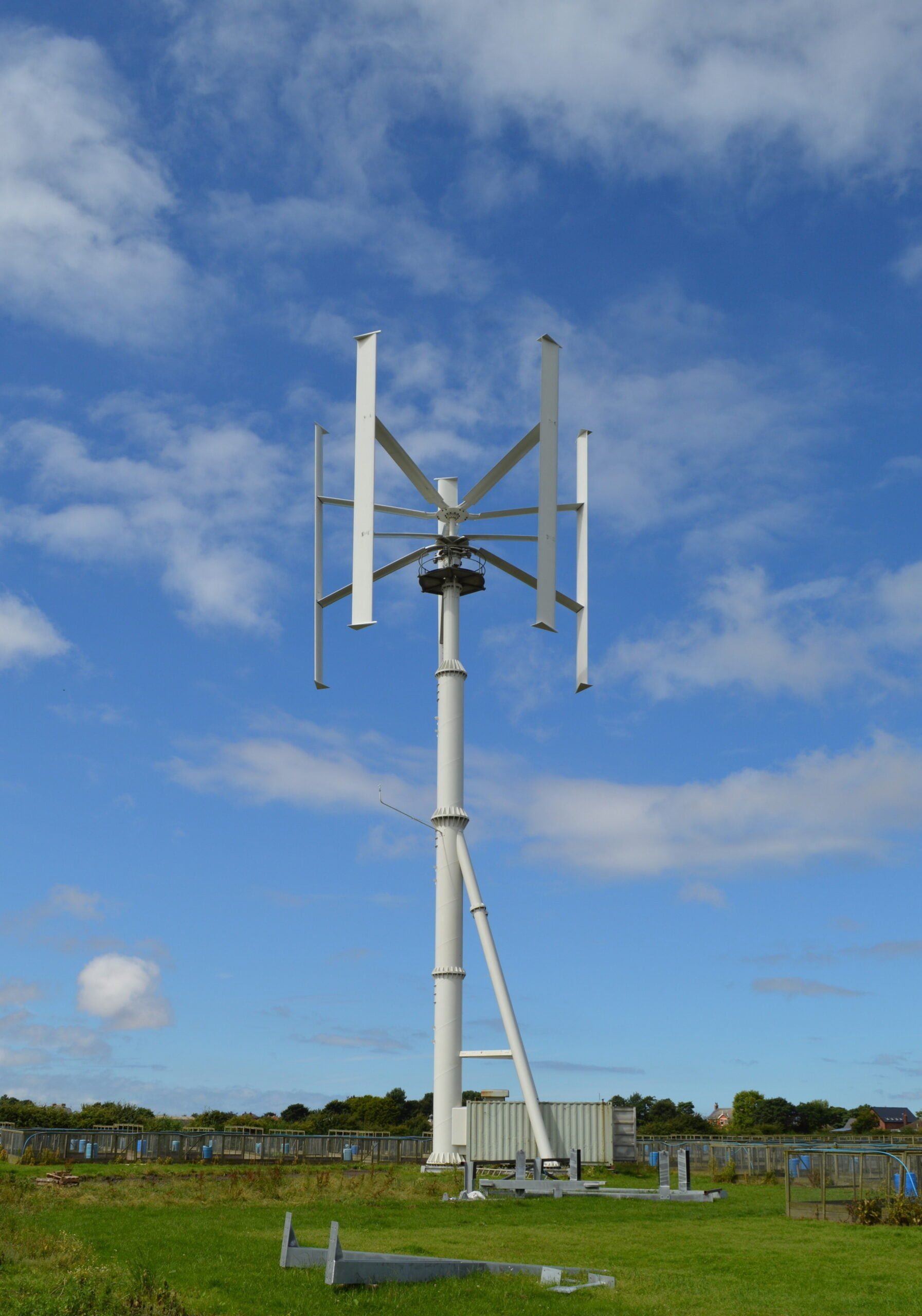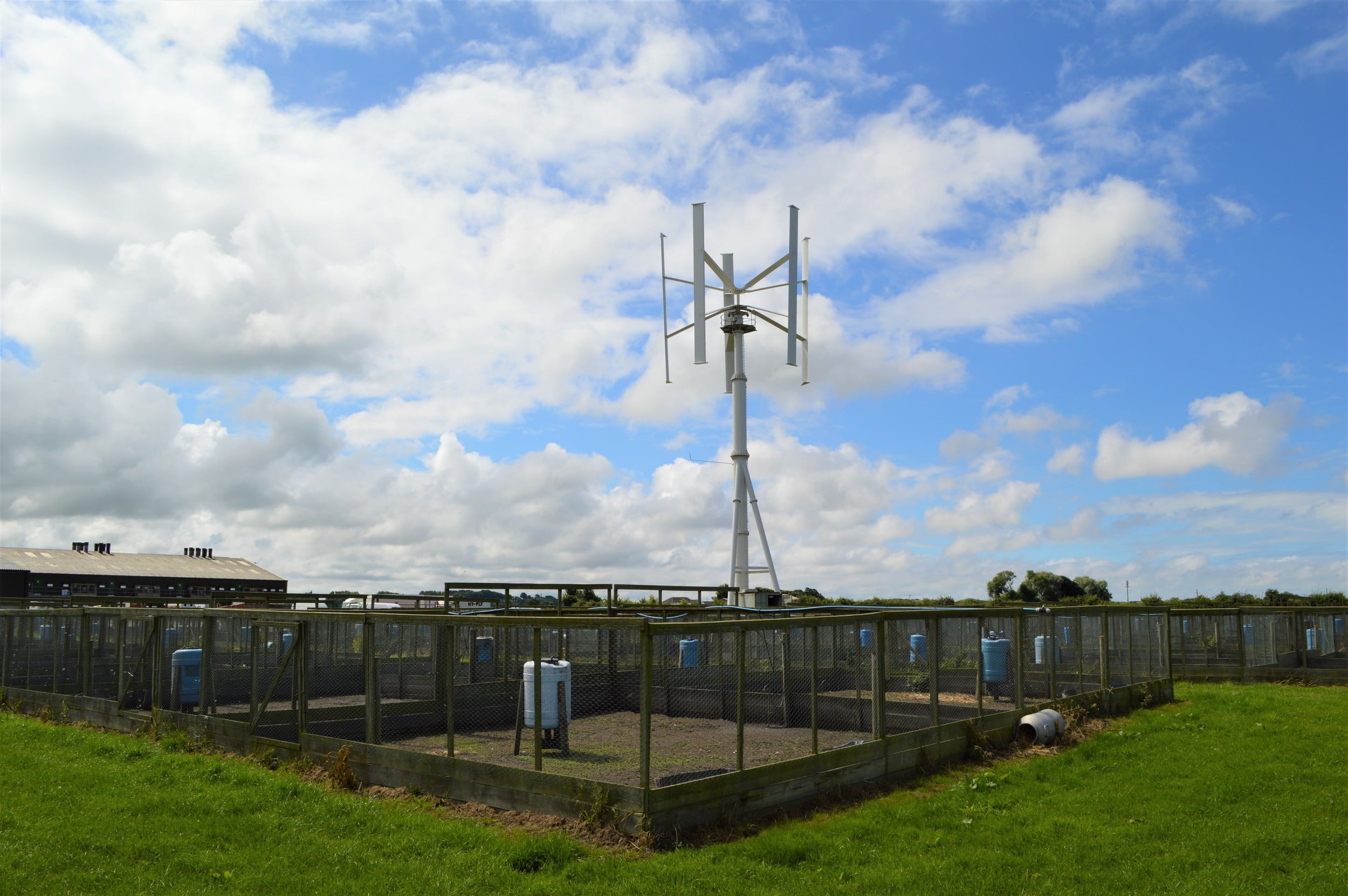OVERVIEW

Design
characteristics
DATA SHEET
| GENERATOR | Type | Induction |
| Maximum Power | 65 kW | |
| Rated Power | 55 kW | |
| ROTOR | Configuration | Vertical Axis |
| No. of Blades | 3 or 5 | |
| Blade Material | Glass fibre | |
| Blade Length | 14 m | |
| Rotor Diameter | 14 m | |
| Swept Area | 196 m2 | |
| Nominal Rotor Speed | 34 rpm | |
| Pitch/Yaw | Fixed | |
| WIND | Cut-In Speed | 3.5 m/s |
| Rated Wind Speed | 11 m/s | |
| Cut-Out Speed | 25 m/s (Variable) | |
| Survival Speed | 59.5 m/s | |
| WEIGHTS | Hub | 8,200 kg |
| Rotor Assembly | 5,000 kg | |
| Tower | 19,500 kg | |
| TOWERS | Monopole Tripod | 23 – 30 m |
| DESIGN PARAMETERS | Turbine Design Class | IEC 61400-2 Class II |
| Temperature Range | -20° to 50°C | |
| Lifespan & Servicing | 20 years, subject to regular maintenance |
Applications
- Industrial
- Agricultural
- Remote & Island Communities
- Built-Up Environments
- Turbulent Wind Regions
The N-55 is capable of displacing greenhouse gas emissions from 97,000 kg worth of coal burned each year.
Performance
POWER CURVE
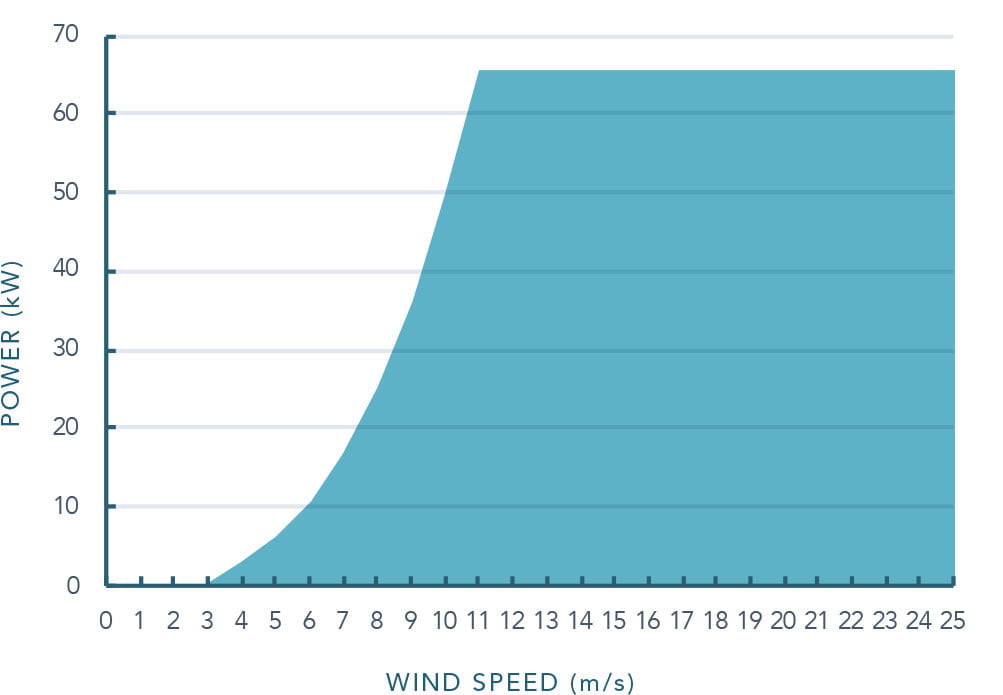
Energy output
| Annual Mean wind Speed (m/s) | Estimated Annual Output (kWh) |
|---|---|
| 5.0 | 92,739 |
| 5.5 | 119,676 |
| 6.0 | 147,690 |
| 6.5 | 175,776 |
| 7.0 | 203,178 |
| 7.5 | 229,348 |
| 8.0 | 253,912 |
| 8.5 | 276,628 |
Reliability & Safety
SAFETY
- Base Level: Regenerative braking slows the turbine rotor down while still harvesting energy.
- Second Level: Electronic control system activates mechanical brake.
- Third Level: Quad pneumatic, fail-safe mechanical brakes deploy, bringing the turbine to rest in as little as 10 seconds.
DATA INPUT &
MANAGEMENT
- Integrated microprocessor with multiple sensor inputs: wind speed, power, voltages, currents and phase, rpm, vibration and temperature alerts.
- LCD display in control box. Can output to local PC or be monitored remotely via the internet.
- Remote Monitoring: Allows remote monitoring of the wind turbine in order for Ryse to ensure the turbine is operating at its peak performance.
CONSTRUCTION &
MAINTENANCE
- Limited plant requirement for installation.
- Majority of major components at ground level, simplifying installation, operation and maintenance.
- Environmentally friendly screw pile foundation instead of a concrete foundation.
- Screw pile foundation offeres quick relocation and re-deployment.
- Ryse service contract available.


